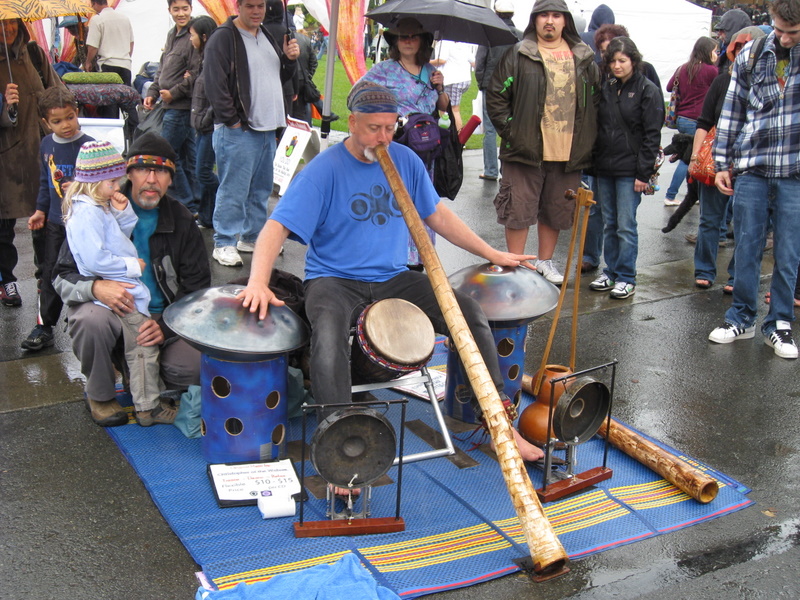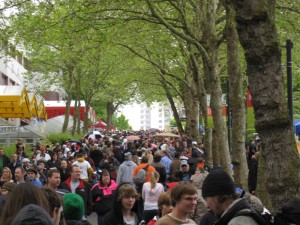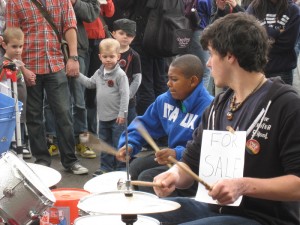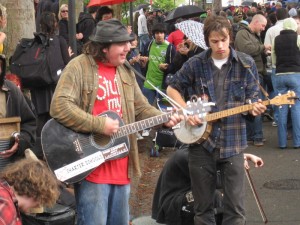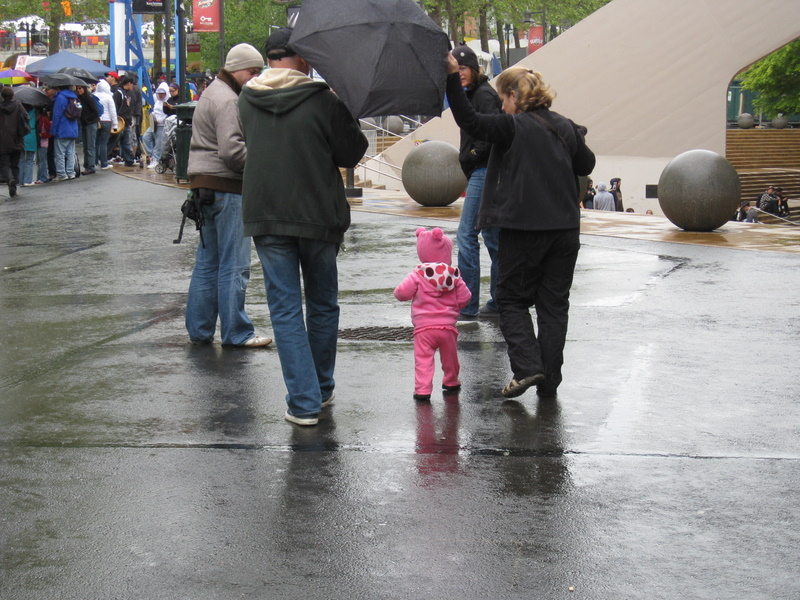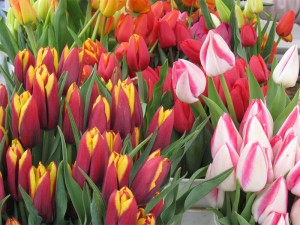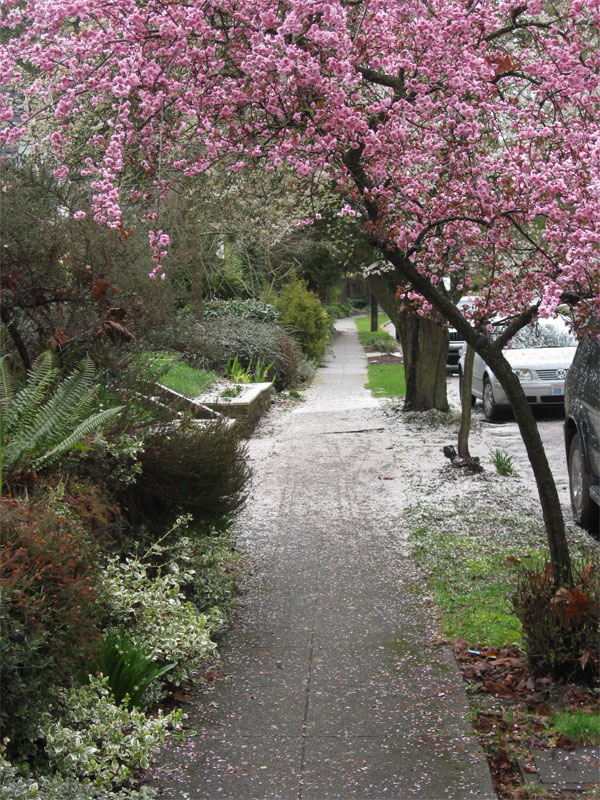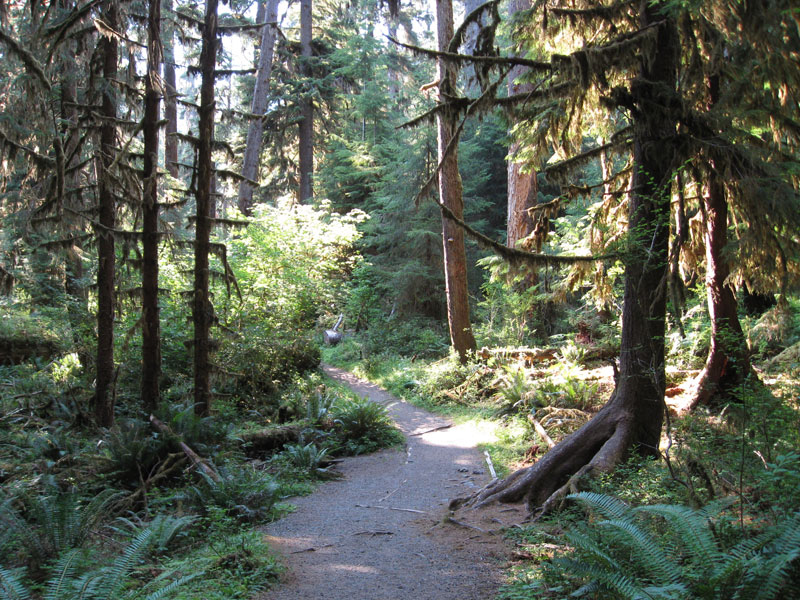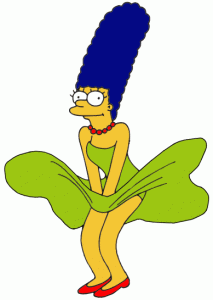Summer’s almost here. The ice cream truck has already made a few tentative sweeps of the neighborhood, tootling its signature “Bicycle Built For Two” theme song. Lawn chairs have been wiped free of spiders, and umbrellas lowered to half mast. Any day now the rains will taper off and the glorious Seattle sunshine will triumph over the gray sky for a few blissful months.
Many people choose summer as a time to travel, to leave home and see exotic new lands. But it’s hard to leave Seattle in the summer, when for two straight months it’s a non-stop hiking, biking, sailing, gardening, ball playing, fireworks dazzling, festival dancing in the street kind of place. The sun comes up around four a.m. and the sky stays light until ten. You have to pace yourself so that you don’t burn out by two in the afternoon. Coffee helps. But for me the best strategy to get the most out of the summer marathon is to partake of a shady spot and a good book midway through the long afternoons.
Currently I’m savoring His Majesty’s Dragon, an exceptional fantasy by Naomi Novik, whose interest in Napoleonic history and experience as a computer programmer working on game design is reflected in the smart plotting and clear vision of her writing. The dragon at the heart of her novel is a fully realized character, and the alternate history in which dragons form an integral part of the military force is brilliantly evoked. I’m so in.
It helps, of course, that the day before I started reading the book I went to see How To Train Your Dragon. The bulk of the matinee audience was made up of fidgeting four-year-olds, a few parents, and a handful of college-age dragon enthusiasts. And then there was me – absolutely mesmerized from start to finish. And not just by the dragon, who is as cute as a kitten, if a kitten were the size of a seaplane. What keeps HTTYD in the air is the snarky humor, the sleight of hand plot exposition, and a core of timeless themes – the tension between father and son, the desire to fit in, to stand out, to find love/acceptance, etc. Yeah. I liked it. It’s a kids’ movie and I liked it. So there.
The common denominator in Novik’s dragon series and the animated film is that the dragons conflate expectations. By avoiding the pitfalls of conventional conceptions of dragons as mere one-dimensional fire-breathing monsters, the author and filmmakers succeed in making dragons heroic. And that’s what I’m looking for these days. The world seems all too well supplied with real monsters. It’s hard to get away from them.
This summer, when I want relief, I’ll take dragons.
